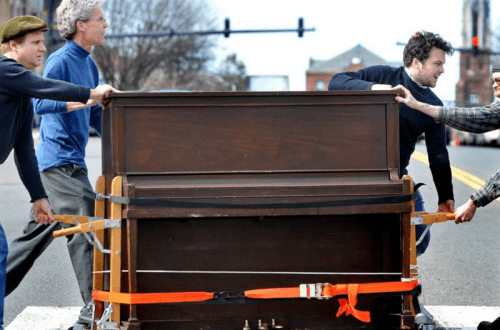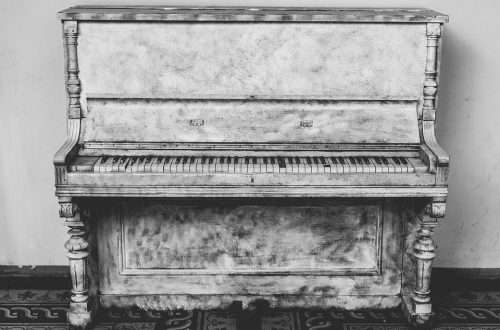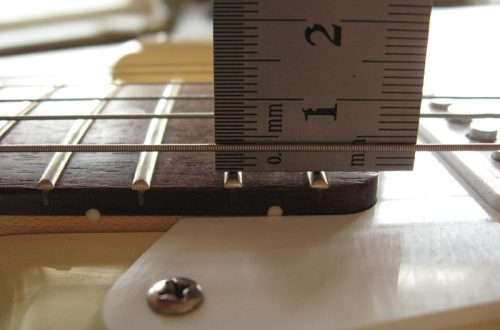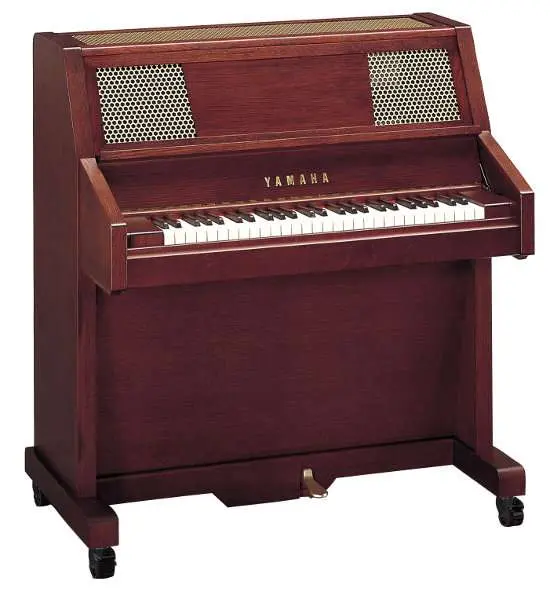
Czelesta and Harpsichord – another idea for an acoustic keyboard instrument
The celesta and the harpsichord are instruments whose sound is known to everyone, although few can name them. They are responsible for the magical, fairy-tale bells and the old-fashioned, baroque sound of plucked strings.
Celesta – a magic instrument The mysterious, sometimes sweet, sometimes dark sound of Celesta has found a wide range of applications. Its sound is most commonly known from the music to the Harry Potter films, or the famous work American in Paris by Georg Gershwin. The instrument has been used in many classical works (including music to the ballet The Nutcracker by Piotr Tchaikovsky, Planets by Gustav Holts, Symphony No. 3 by Karol Szymanowski, or Music for Strings, Percussion and Celesta by Béla Bartók.
Many jazz musicians have also used it (including Louis Armstrong, Herbie Hanckock). It was also used in rock and pop (eg The Beatles, Pink Floyd, Paul McCartney, Rod Stewart).
Construction and technique of the game Czelesta is equipped with a traditional keyboard. It can be three, four, sometimes five octaves, and it transposes the sound an octave up (its sound is higher than it appears from the notation). Instead of strings, the celesta is equipped with metal plates connected to wooden resonators, which provides this fabulous sound. The larger four or five-octave models resemble a piano and feature a single pedal to either sustain or dampen the sound.

Harpsichord – the progenitor of the piano with a unique sound The harpsichord is an instrument much older than the piano, invented in the late Middle Ages and superseded by the piano, and then forgotten until the XNUMXth century. Contrary to the piano, Harpsichord does not allow you to control the dynamics of the sound, but it has a specific, slightly sharper, but full and humming sound, and quite interesting possibilities of modifying the timbre.
Building the instrument and influencing the sound Unlike the piano, the harpsichord strings are not struck with hammers, but plucked by the so-called feathers. The harpsichord can have one or more strings per key, and comes in one- and multi-manual (multi-keyboard) variants. On harpsichords having more than one string per tone, it is possible to change the volume or timbre of the instrument by using the lever or register pedals.
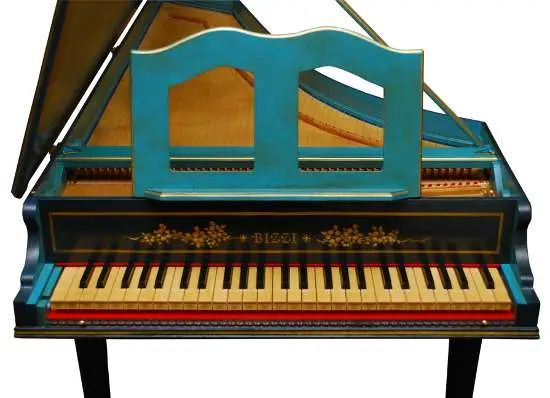
Some harpsichords have the ability to move the lower manual, so that in one setting, pressing one of the lower keys causes the simultaneous activation of a key in the upper manual, and in the other, the upper keys are not activated automatically, which allows you to differentiate the sound of different parts of the song.
The number of harpsichord registers can reach twenty. As a result, perhaps for a better illustration, the harpsichord is, next to the organ, the acoustic equivalent of a synthesizer.
Comments
Great article, I didn’t even know there were such instruments.
Piotrek



